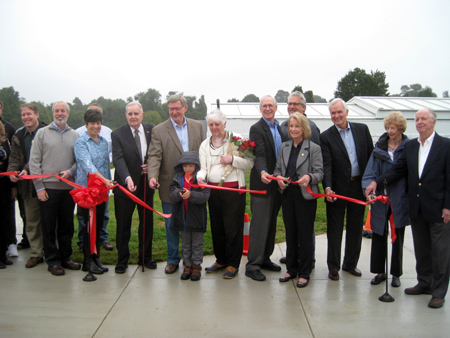Analemmatic Sundial SourceBook
- Details
- Hits: 19529
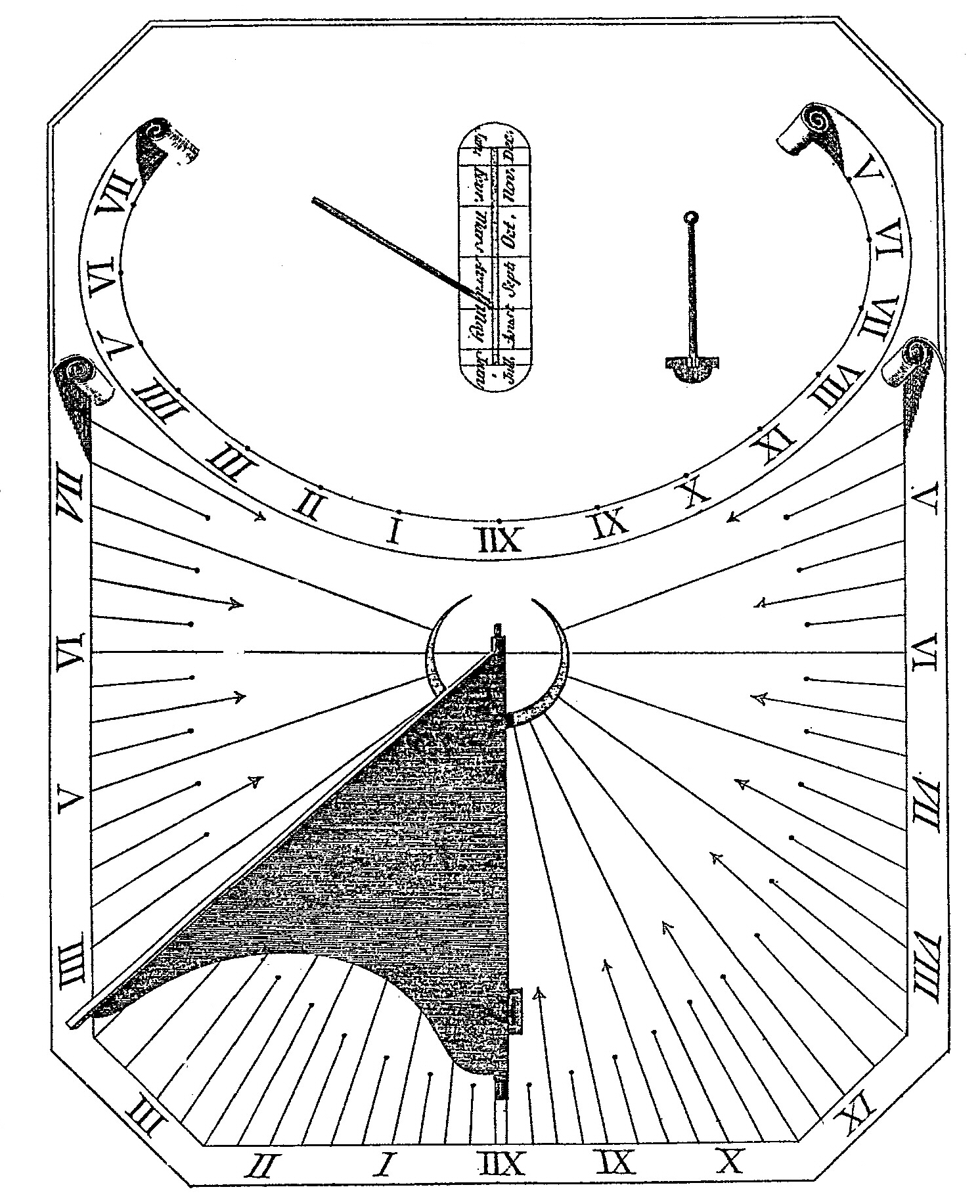 Drawing of Horizontal and Analemmatic Sundial Drawing of Horizontal and Analemmatic Sundial"Analemmatic or Azimuthal Dial"
J.J. de LaLande 1784
|
The Analemmatic Sundial SourceBook was first published in 2004, revised in 2014, and now is again available in digital form on CD or by download from the north American Sundial Society. What is it? It is a very comphrehensive reference to the origins, history, and modern evolution of the analemmatic sundial compiled and edited by Fred Sawyer III, President of NASS.
It started with J.L de Vaulezard publishing a small work of 15 pages in 1640 descibing the dial in vague terms, promising to reveal its construction later "if I see that the work has been well received by you...." Four years later de Vaulezard published his "Treatis of the origin, demonstration, construction and usage of the analemmatic dial". A decade later Samuel Foster published "Elliptical or Azimuthal Horologiography" further describing the analemmatic sundial. The SourceBook reprints a facsimile of this and three other of Foster's original works.
The Historical Period includes not only the works of de Vaulezard and Foster but works by Aubri, Tuttell, Richer, Parent, Bion, Lalande, Bedos de Celle, Lambert, Oberreit, Boutereau, Meikle, Perret, Peaucellier, Viala, Lisbonne, Gruey, Marchand, Roguet and Chomard. For over 250 years these authors provide the earliest proof of the analemmatic dial, the introduction of the Foster/Lambert, diametral, and Parent variations, as well as many important historical and theoretical discussions of the analemmatic dial and its properties.
Study of the analemmatic sundial had a revival at the turn of the 20th century and again beginning in 1986 with the publication of "Equator Projection Sundials" by de Rijk. Other articles include R.J. Vinck's "Times of Sunrise and Sunset on the Analemmatic Sundial" further descriptions of seasonal points by Bailey and Sonderegger. Vinck's "The Elliptical, Circular and Linear Dials" detailing of the mathematical foundation of a whole class of azimuthal sundials with examples of strange looking sundials by Sawyer, Olgesby, Gianni, Massé, Sassenburg, Sonderegger, and Rouxel.
Fred Sawyer III has a number of articles within the Analemmatic SourceBook, including "Of Analemmas, Mean Time and the Analemmatic Sundial", "Foster's Diametrical Sundial", and many more.
The Analemmatic Sundial SourceBook provides a rich historical and mathematical account of the Analemmatic Sundial and its modern derivatives. Order yours today by clicking here: NASS Publications Order Form
Open the "Read More" to see the detailed contents
NASS Sundial Class
- Details
- Hits: 4485
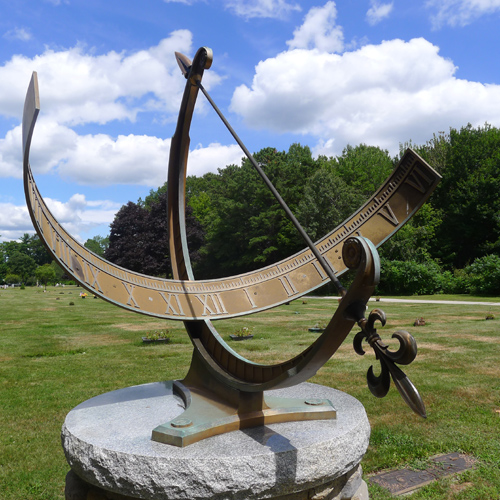 Once again NASS presents Elements of Dialing, a twelve week course covering the basics of sundials, led by Steve Lelievre. The course covers basic principles of how sundials work, calculations involved in designing sundials, types of time (systems of time measurement), and some of the history of sundials.The course is intended for people who are new to sundialing and who wish to learn some of the basic concepts and a little bit of the history. The course is ‘self study’ – participants receive lessons by email and study them in their spare time.
Once again NASS presents Elements of Dialing, a twelve week course covering the basics of sundials, led by Steve Lelievre. The course covers basic principles of how sundials work, calculations involved in designing sundials, types of time (systems of time measurement), and some of the history of sundials.The course is intended for people who are new to sundialing and who wish to learn some of the basic concepts and a little bit of the history. The course is ‘self study’ – participants receive lessons by email and study them in their spare time.
The course covers basic principles of how sundials work, calculations involved in designing sundials, types of time (systems of time measurement), and some of the history of sundials.
As the course proceeds, there are regular but optional online meetings, using Zoom. The Zoom meetings will be recorded and made available to all the coarse participants. In the live session, this gives participants the opportunity to discuss the course material and ask questions of the instructor. As well, the instructor is available via email to answer inquiries. Awareness of general math at high school level is helpful; the first lesson includes a short review of the basic functions of trigonometry.
The 12 lessons are scheduled to run from the start of November 2024 to the end of April 2025. Membership in NASS is not required to join the course. Each of the twelve lessons includes a few practice questions, one of which is a quiz question. Participants must send in an answer to the quiz question in order to receive the next lesson. There is no 'pass/fail' in this course but sending answers to the quiz questions allows the instructor be sure that the course is proceeding successfully.
This is the fourth instance of the course. This time, the course facilitator will be Steve Lelievre (This email address is being protected from spambots. You need JavaScript enabled to view it.). Contact Steve no later than October 26, 2024, for more information or to join the course. The course was inspired by, and loosely based on, the original Dutch version created Frans Maes.
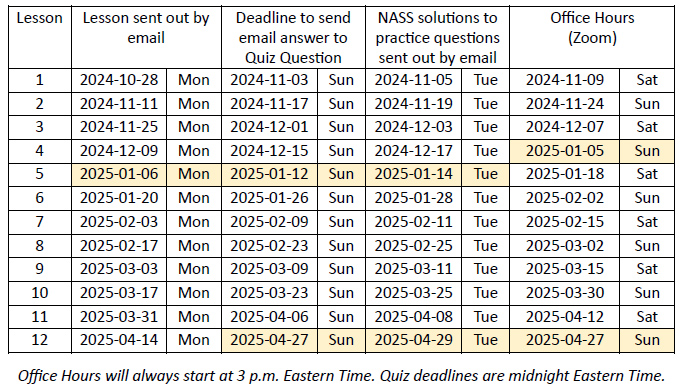
World Sundial Day
- Details
- Hits: 9034
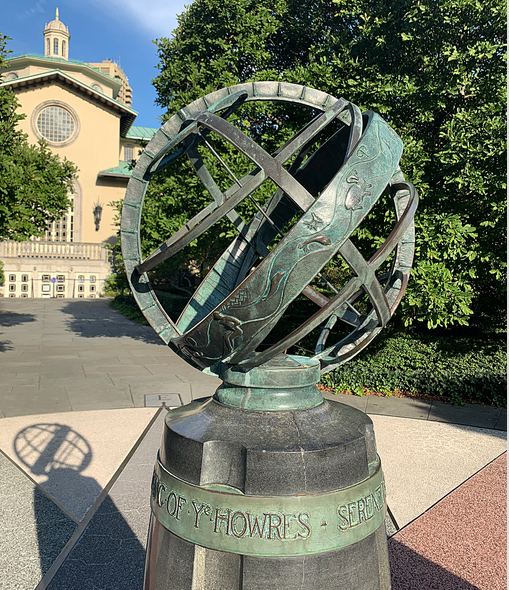 Spanish sundialist Esteban Martínez has launched the resolution to establish the World Sundial Day to occur each year on the Spring Equinox. According to the petition circulated by Martinez,
Spanish sundialist Esteban Martínez has launched the resolution to establish the World Sundial Day to occur each year on the Spring Equinox. According to the petition circulated by Martinez,
"Reason Sundials represent the union of disciplines as disparate as Astronomy, Mathematics, [and] Geography ...They have an undoubted didactic value in teaching astronomy to young people and as an object present in public spaces, in places where people can better understand our relationship with the Sun. They have an undoubted didactic value in teaching astronomy to young people and as an object present in public spaces, in places where people can better understand our relationship with the Sun. They bring together Science and Art, the greatest exponents of human Reason and Creation"
"Why the establishment of a World Day With the celebration of World Sundial Day, we intend to raise awareness among citizens about the importance that sundials have had in all cultures, making information available to them in order to activate the political will and resources to address their protection as fundamental and differentiated elements of World Heritage."
Birkenau - A village with more than 200 Sundials
- Details
- Hits: 14726
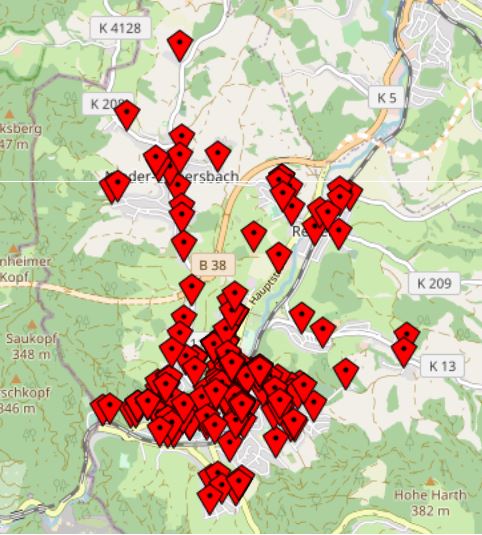 Seattle, WA wants to call itself the sundial capital of the world, but it runs a pale second to Birkenau, Germany. This small village in the south of Germany with about 10,000 inhabitants holds the record as the village with the highest density of sundials in the world. (https://www.sonnenuhren-birkenau.de/service-269/news/news-details/world-record-for-the-village-of-sundials.html). You can find sundials everywhere: on homes, in gardens, on the walls of public buildings, and there is even a Sundial Park with 28 dials by Vinzenz Philippi a sundialist from the Saarland region and 5 other dials from other dialists.
Seattle, WA wants to call itself the sundial capital of the world, but it runs a pale second to Birkenau, Germany. This small village in the south of Germany with about 10,000 inhabitants holds the record as the village with the highest density of sundials in the world. (https://www.sonnenuhren-birkenau.de/service-269/news/news-details/world-record-for-the-village-of-sundials.html). You can find sundials everywhere: on homes, in gardens, on the walls of public buildings, and there is even a Sundial Park with 28 dials by Vinzenz Philippi a sundialist from the Saarland region and 5 other dials from other dialists.
The Birkenau Sundial Society offers tours of the village sundials in German or English. If you venture out on your own there are four sundial trails with each dial clearly labeled.The majority of the dials are vertical and easily visible from the street. The second most polular dial is the Equatorial.
For only 2€ you can get the Birkenau sundial cube, a decorated cardboard box with a horizontal sundial on top. https://www.sonnenuhren-birkenau.de/service/kontakt.html The dial's gnomon is a pencil set for Birenau's latitude and longitude (40.5 deg N, 8.7 deg W).
The Birkenau Sundial Society promotes and preserves the historical sundials in Birkenau, constructs new sundials and documents all of them. https://www.sonnenuhren-birkenau.de/sundials-in-birkenau.html
Adler Astronomy Live - Time, Culture, and Social Change
- Details
- Hits: 14520
 Every Thursday at noon central time the Adler Planetarium presnts "Adler Astronomy Live" with a variety of interesting topics and speakers.
Every Thursday at noon central time the Adler Planetarium presnts "Adler Astronomy Live" with a variety of interesting topics and speakers.
On Thrsday Oct 8th, 2020 the series presents Dr. Sara Schechner on the topic of Time, Culture, and Social Change. As the Adler website states:
"The Adler Planetarium has the best and most comprehensive collection of sundials in North America. Sundials played a central role in shaping people’s sense of time, and show how the latter has been influenced by their culture, politics, religion, labor, society, and geography throughout the ages. Join us for a conversation with Dr. Sara J. Schechner, author of Time of Our Lives: Sundials of the Adler Planetarium, on some of the most spectacular sundials in the Adler’s collections and their stories. Set a reminder on YouTube"
Dr. Schechner is an engaging speaker with a wealth of experience in historical instruments and has a passion for sundials. Adler has recently published the beautifully illustrated book Time of Our Lives: Sundials of the Adler Planetarium. The North American Sundial Society helped underwrite the production of this book, nearly a decade in the making.
To hear the presentation live or in recording after the event, go directly the Adler's YouTube channel to find the presentation at: https://www.youtube.com/adlerplanetarium
Twilight of Sundials?
- Details
- Hits: 20430
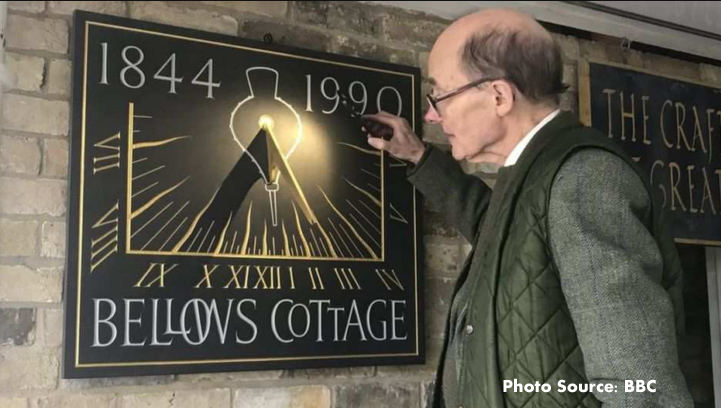 It's rare that a sundialist casts a shadow on UK education, but that's exactly what Dr. Frank King did the other day in a BBC interview (https://www.bbc.co.uk/news/uk-england-cambridgeshire-47133011). Dr. King, a Fellow in Computer Science at Churchill College, has long been intrigued with time remarking to the BBC in an interview, "Anything from atomic clocks to the most ancient of sundials I can tell you about." He is Keeper of the Clock, responsible for Cambridge University's official timepiece on Great St. Mary's Church. But the number of people interested in sundials is on the wane. As president of the British Sundial Society,(a group like the North American Sundial Society who all truly enjoy time systems and the anciernt and beautiful art of designing sundials) Dr. King notes with sadness that the number of people who "really understand" the science behind sundials "are few and far between..... There seems to be no teaching of spherical triangles, and very little teaching of solid geometry. How many school leavers have heard of Euclid?"
It's rare that a sundialist casts a shadow on UK education, but that's exactly what Dr. Frank King did the other day in a BBC interview (https://www.bbc.co.uk/news/uk-england-cambridgeshire-47133011). Dr. King, a Fellow in Computer Science at Churchill College, has long been intrigued with time remarking to the BBC in an interview, "Anything from atomic clocks to the most ancient of sundials I can tell you about." He is Keeper of the Clock, responsible for Cambridge University's official timepiece on Great St. Mary's Church. But the number of people interested in sundials is on the wane. As president of the British Sundial Society,(a group like the North American Sundial Society who all truly enjoy time systems and the anciernt and beautiful art of designing sundials) Dr. King notes with sadness that the number of people who "really understand" the science behind sundials "are few and far between..... There seems to be no teaching of spherical triangles, and very little teaching of solid geometry. How many school leavers have heard of Euclid?"
Some could argue that who needs sundials in this age of digital watches, GPS navigation, and fit-bit monitors? The UK Register reports that "[Dr.] King would likely be deeply saddened to know, then, that there are people of adult age out there incapable of reading analogue clocks." But for those interested in promoting STEM in schools and getting students excited in something beyond designing a video game, the study of sundials offers a wonderful perspective. As stated by the BBC, "Dr. King strongly believes the sundial - 'the perfect collaboration of science and art' - has a place in the digital age. But he is concerned that the skills needed to create them may dwindle, and believes education could play a greater role."
The development of an aethetically pleasing sundial involves using digital computer aided design tools that sometimes significantly altering classic designs. Sundials requires artisan skill and craft for the selection of materials, casting, engraving and even 3D printing of dials. A sense of artistic proportion is needed to create pleasing embellishments that still remain true to the underlying mathematics that convey acurate time. Artist, sculpture, craftsman, geometer, mathematician, computer programmer, engraver and metal worker are but a few of the talents encompassing the talents of a dialist.
Read more at:
https://www.theregister.co.uk/2019/02/18/sundials_dying_out_and_millennials_are_to_blame/
Roll-Top Ribbon Cutting
- Details
- Hits: 18499
|
|
Amid the rain and cloudy skies, on Saturday October 1st, 2016, a ribbon-cutting ceremony officially opened the Roll-Top Observatory at Observatory Park, Turner Farm in Great Falls, VA. Tim Hackman, Dranesville District representative of the Fairfax County Park Authority (FCPA) Board, introduced all those who made the Roll-Top observatory possible through public-community-and-private funding. Initiated in 2007 in collaboration with the Analemma Society, the million-dollar facility was funded in part by the 2008 and 2012 Park Bonds, telecommunications funds, Mastenbrook grant money and a donation provided by Jean and Rick Edelman through the Fairfax County Park Foundation.
Ground breaking for Roll-Top began in 2014 and over the next two years the Roll-Top Observatory design by architects Shaffer Wilson Sarver & Gray of Herndon, VA, was carried out by the construction company Brown and Root of Arlington, VA.
Sundial Outreach Success
- Details
- Hits: 19186
 |
This year nearly 300,000 students, parents and teachers attended the 3rd USA Science and Engineering Festival in Washington DC during 25-27 April 2014. The Analemma Society and the North American Sundial Society jointly featured a very successful booth to encourage science, technology, engineering and mathematics (STEM) through sundials. The Analemma Society and NASS were among hundreds of exhibits from universities, scientific organizations, government agencies, and companies in the defense and educational industries.
Volunteers from the Analemma Society and NASS demonstrated a number of sundial types and provided paper sundial cut-outs that were enjoyed by children, students, parents and teachers alike. They handed out over 1400 of the sundial cut-outs, with the classic horizontal sundial and Briggs polar dial being the most popular. Especially important were the numerous contacts made with teachers who will now enhance their science classes with sundials.
Volunteers from the Analemma Society and NASS who made this outreach possible were Ken Clark, Jeff Kretsch, Bob Kellogg and Dru Anne Neil. They did a terrific job explaining that indeed, sundials are the world’s oldest clocks.
In the photo at left NASS member Ken Clark and Analemma Society member Jeff Kretsch show how sundials work while you dialists cut out their sundials.
Sundials at STEM Festival
- Details
- Hits: 19503

Members of The North American Sundial Society and Analemma Society will be participating in the 3rd USA Science & Engineering Festival. Mark your calendars for Saturday and Sunday April 26 and 27th at the Walter E. Washington Convention Center in Washington DC. This is a Science, Technology, Engineering and Mathematics (STEM) exposition. In recognition of the Festival’s role in making STEM a national priority, Congress recently designated the last week in April as National Science Week.
NASS and the Analemma Society along with other expo presenters have more than 3,000 hands-on activities. NASS and the Analemma Society will introduce students and families to a variety of sundials and offering hands-on activities to cut them out and test them using a solar heliograph. It's all free. Come and learn about Sundials – The World’s Oldest Clocks.
The Science & Engineering Festival will also have a book fair—complete with signings by well-known science authors. Bill Nye the science guy will be there as well as Mike Rowe (Dirty Jobs on Discover Channel), Nate Bell (Design Squad on PBS) and the cast and crew from TV shows like Big. Bang Theory, as part of over 100 live stage performances.

